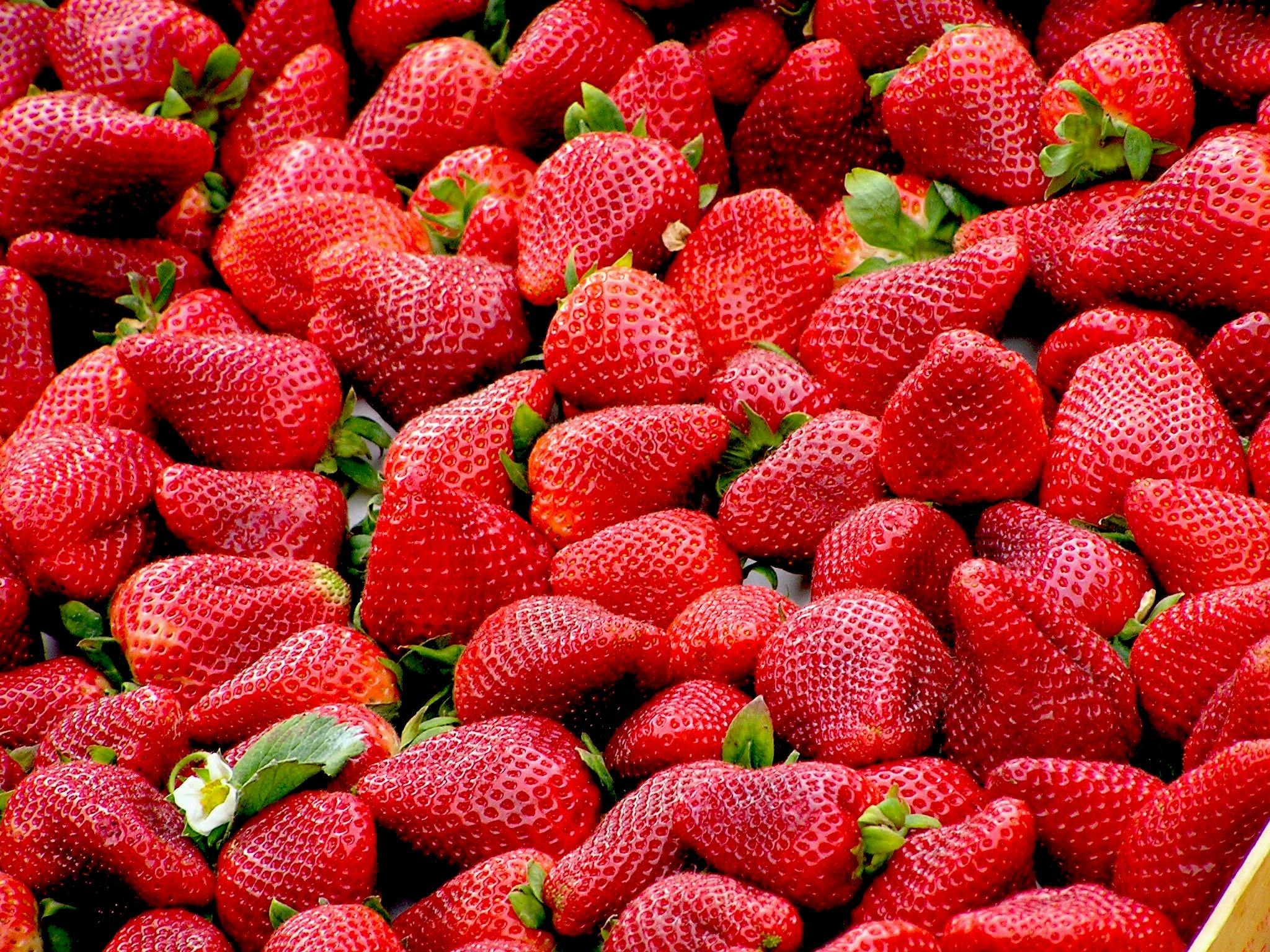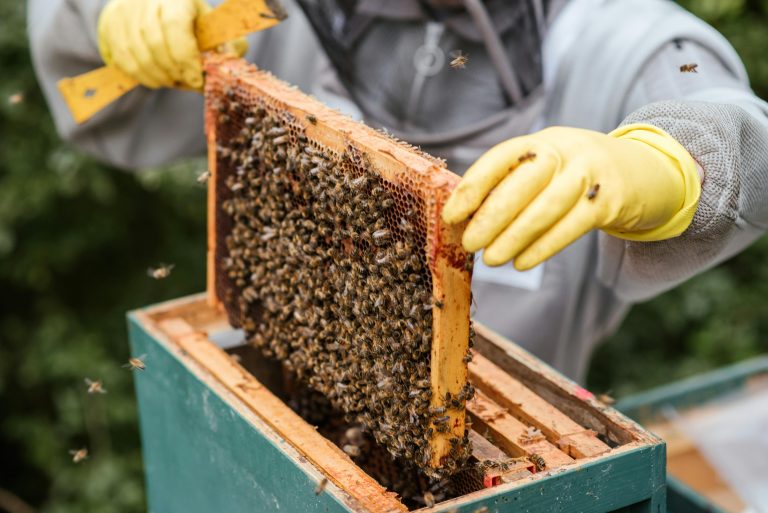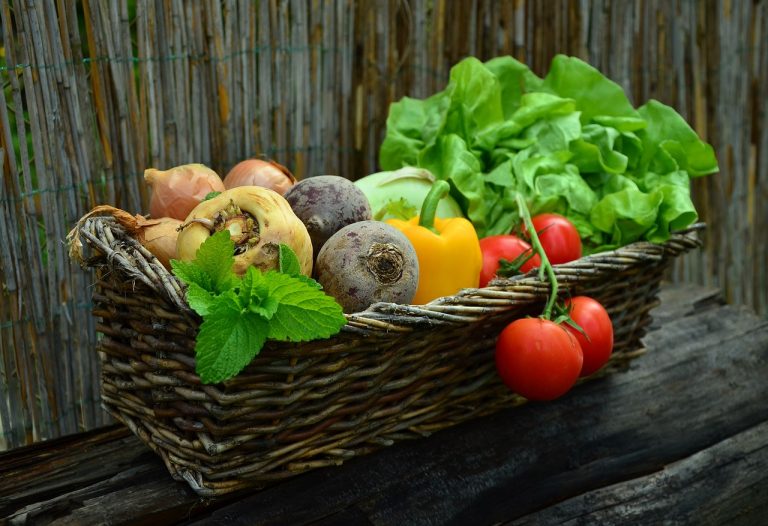INTRODUCTION: WHY SMART INVESTORS ARE BETTING ON BERRIES
Looking for a crop that’s juicy on both taste and returns?
Strawberries are quietly making their way into Kenya’s most promising agribusiness opportunities, especially for urban professionals and investors who want a high-yield side hustle without full-time farm work. From Nairobi rooftops to Kajiado’s drylands, small plots are now producing sweet profits, season after season.
Once considered exotic, strawberries are fast becoming a Kenyan staple, showing up in everything from hotel buffets and smoothies, to supermarket aisles and export cartons. And here’s what savvy investors are realizing: this berry boom is only just beginning.
In this blog, you’ll discover:
- Why strawberries are now dubbed “red gold” in Kenya.
- Real numbers behind cost, yield, and expected returns.
- How you can tap into the opportunity, whether you own land or not.
1. WHY DEMAND FOR STRAWBERRIES IS BOOMING, LOCALLY & GLOBALLY
Here’s the reality:
A few years ago, strawberries were a niche luxury in Kenya, only found in upscale markets or imported. Today, demand is exploding across multiple fronts, creating a supply gap that smart farmers are now racing to fill.
Take this example:
In early 2024, a Nairobi-based restaurant chain began sourcing over 100 kg of strawberries per week for their smoothies and dessert menu. The problem? Their local supplier could barely deliver 40 kg. Importing filled the gap, but at nearly double the cost.
What’s driving the surge in demand?
- Health-conscious consumers: Urban millennials are swapping soda for smoothies and yogurt, increasing demand for fresh fruit blends.
- Hospitality industry: Hotels, bakeries, and cafes now require consistent strawberry supply year-round.
- Social media buzz: TikTok recipes and Instagram influencers are popularizing strawberries in pastries, skincare, and breakfast bowls.
- Global buyers: Exporters to the UAE, Qatar, and the EU are actively scouting Kenyan farms due to shorter flight times.
What the Numbers Say
- Farm gate price: Ksh 200–350 per kg
- Retail price: Ksh 300 per 250gm pack (700-1000 per kg in Nairobi supermarkets)
- Yield potential (¼ acre): 800–1,200 kg per season
- Estimated gross income (¼ acre): Ksh 160,000–420,000 per season
- Harvest cycle: Every 3–4 months
- Startup cost (¼ acre): Ksh 120,000–250,000 (including seedlings, mulch, irrigation)
Even with conservative estimates, strawberries offer better ROI (Return on Investment) per square meter than many other crops, especially when grown under guided management.
Risks to Watch, And How to Beat Them
Every opportunity comes with challenges. Here’s what beginner farmers often get wrong:
- Poor irrigation planning leads to fruit rot or stunted growth.
- Sourcing low-quality seedlings lowers yields significantly.
- No market plan? You risk post-harvest loss, berries are highly perishable.
- Lack of a manager can sink remote farming ventures.
2. WHAT’S THE ROI? PROFIT MARGINS, TIMELINES & CASE COMPARISONS
- With demand surging both at home and abroad, the next question is obvious: what’s the bottom‑line payoff?
- Strawberries are often called “red gold” for a reason, they mature fast, sell fast, and can turn a modest plot into a money-maker in under a year. On average, 1 acre yields Ksh 800K–1.2M annually, depending on variety, care, and market access. Initial setup costs range between Ksh 200K–300K per acre, including certified seedlings, drip irrigation, mulch, and labor.
- Think of strawberries as the agribusiness version of a fast-moving stock, quick to grow, quick to cash, and with rising global demand sweetening the returns.
- Take Peter, a Nairobi-based banker who leased one acre in Isinya. With no prior farming experience and a trained farm team on-site, he harvested his first berries in under 100 days, without ever breaking soil himself.
3. WHERE CAN YOU GROW STRAWBERRIES PROFITABLY IN KENYA?
- Of course, ROI depends heavily on where you plant. In strawberry farming, location isn’t just about climate, it’s about elevation, drainage, and access to water. Some counties tick all these boxes, and they’re not where most people expect.
- Isinya in Kajiado County, for example, is fast becoming a strawberry farming hotspot, despite its semi-arid tag. Why? Because elevation offsets the heat, and drip irrigation neutralizes the rainfall deficit. Other zones like Limuru, Nyandarua, Meru, and Kericho offer cooler microclimates and fertile soils that strawberries love.
- Think of these regions as Kenya’s strawberry “sweet spots”, where sun, soil, and smart infrastructure align like a well-tuned orchestra.
- If you’re searching for “best place to farm strawberries in Kenya” or “land for agribusiness near Nairobi,” you’re not alone. Strategic zones with the right altitude and reliable irrigation are where passive-income agribusiness truly flourishes.
4. WHAT YOU NEED TO START: BUDGET, INFRASTRUCTURE & SKILLS
Once you’ve identified the right location, the next question is: What exactly does it take to get started?
The good news? Strawberry farming is surprisingly affordable. A lean setup on ⅛ to ¼ acre can range between Ksh 150,000–300,000, depending on scale and service provider. That covers the essentials:
- Certified seedlings (like Chandler or Pajaro) for maximum yield
- Mulch film to lock in soil moisture and control weeds
- Drip irrigation kit + 1,000–2,000L water tank
- Raised beds for better drainage and root health
- Optional: Shade netting and pollination boosters like bee hives
No agronomy degree? No problem. Most time-strapped investors delegate day-to-day management to agronomists or vetted farm managers
5. FROM FRUIT TO FORTUNE: VALUE ADDITION & MARKET MULTIPLIERS
- But growing strawberries is just the beginning, real wealth comes from what happens after the harvest. For investors working with small plots or remote operations, value addition is the secret to multiplying margins and reducing losses.
- Raw strawberries have a short shelf life, but when processed into jam, juice blends, dried snacks, or yogurt flavoring, their value and longevity skyrocket. For example, a kilo of fresh berries may fetch Ksh 300–400 at the farm gate. But the same berries, converted into organic jam with eco-labels, can sell for over Ksh 1,200 per unit in premium retail stores or online buyers.
- Turning strawberries into jam is like bottling sunshine, you preserve the value long after harvest, especially for niche markets like health-conscious consumers.
6. PITFALLS TO AVOID IN STRAWBERRY AGRIBUSINESS
Strawberries may be sweet, but the path to profit isn’t sugar-coated.
After exploring value addition and market potential, let’s talk about what could go wrong, and how to sidestep costly mistakes.
Water is everything in strawberry farming. With proper irrigation, a well-managed farm can generate over KES 1 million annually. But don’t get it wrong, too much or too little, and you risk stunted growth and disease. That’s why Fincare Investments Limited provides fully equipped, farm-ready spaces for lease, complete with year-round water access, underground piping, and precision drip irrigation systems, so you can focus on production, not infrastructure.
Seedlings matter more than you think. Buying from unverified sources can result in low-yielding or disease-prone varieties. Stick with certified nurseries that provide varieties suited for your climate, like Chandler or Pajaro.
Strawberries are perishable. Without a proper cold chain, post-harvest losses can exceed 30%. Investors without a storage plan lose profits fast.
Remote farming without management? Risky. One investor in 2023 lost Ksh 200K after trusting an unvetted farmhand, who abandoned the site mid-season. No water, no yields, no returns.
As the saying goes, “Strawberries are like toddlers, delicate, rewarding, but disastrous without attention.”
7. GETTING CERTIFIED: EXPORT REQUIREMENTS SIMPLIFIED
Once you’ve sidestepped the common strawberry farming pitfalls, there’s one more step to unlock premium markets, getting export-certified. It might sound daunting, but with the right partners, it’s surprisingly manageable.
To export strawberries from Kenya, you’ll need to check a few critical boxes:
- In Kenya, the Horticulture Crops Directorate (HCD) of the Agriculture and Food Authority (AFA) issues export licenses for fresh fruits and vegetables. Additionally, the Kenya Plant Health Inspectorate Service (KEPHIS) is involved by issuing phytosanitary certificates for exported produce.
- GlobalG.A.P. Certification – This international benchmark is essential if you want access to high-paying EU, UK, or Gulf retail markets.
- Cold Chain Logistics – Strawberries bruise easily and spoil fast. Pre-cooling, refrigerated transit, and zero handling delays are non-negotiable.
8. CONCLUSION – WHY STRAWBERRIES DESERVE YOUR ATTENTION IN 2025
Strawberries aren’t just sweet, they’re strategic. In 2025, they represent one of Kenya’s smartest agribusiness plays: low input, high output, and fast returns. From just ⅛ acre, you can turn idle land, or leased farmland into a profitable harvest in under four months. And thanks to rising demand locally and abroad, strawberries are no longer niche, they’re next-gen cash crops.
In today’s economy, few side hustles combine speed, scalability, and export potential like this one. Strawberries are the Bitcoin of berries, fast-moving, high-value, and globally in demand.
FREQUENTLY ASKED QUESTIONS ON STRAWBERRY FARMING
Still wondering if strawberry farming is the right agribusiness for you? Here are the answers to the most common questions we hear from aspiring investors and agripreneurs.
Is strawberry farming profitable in Kenya in 2025?
Yes. With the right setup and market plan, 1 acre of strawberries can generate between Ksh 800K–1.2M annually. Even with just ⅛ acre, you can earn a solid return within your first year.
How much land do I need to start strawberry farming?
You can start profitably on as little as ⅛ or ¼ acre, especially with Fincare’s intensive farming methods and pre-installed infrastructure.
What’s the startup capital required for strawberry farming in Kenya?
A typical setup costs Ksh 150K–300K per acre, including certified seedlings, drip irrigation, mulch, and basic infrastructure. Smaller plots cost even less.
Can I lease land instead of buying?
Absolutely. Fincare offers flexible leasing options in high-potential zones like Isinya, ideal for short- or long-term agribusiness ventures.
What are the best areas to grow strawberries in Kenya?
Top-performing regions include Isinya, Limuru, Nyandarua, Kericho, and Meru, zones with cool climates, good soil drainage, and year-round irrigation.
Can you export strawberries from Kenya? Absolutely.
Kenya already supplies fresh strawberries to markets in the UAE, Qatar, and parts of the EU. With the right certifications—such as from the Agriculture and Food Authority (AFA), KEPHIS, and Global G.A.P., plus a reliable cold chain system, your strawberries can meet international standards and reach global shelves with ease.







